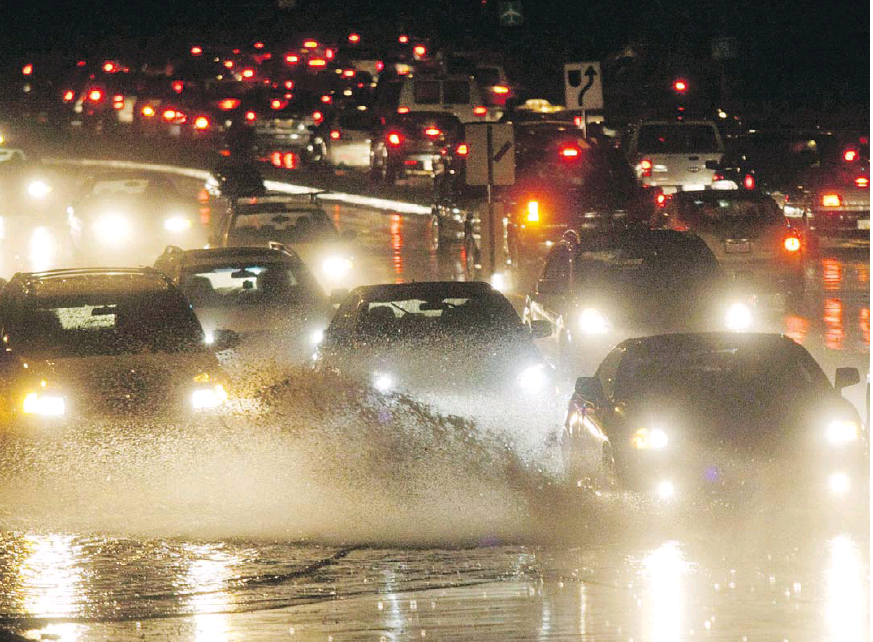Things I learned from other instructors

Night-time driving should be part of any driver-training course, Steve Wallace writes, due to the additional challenges that new drivers face in the dark.
Here is some of what I learned at the Driving Schools Association of the Americas conference held in Albuquerque, New Mexico, Nov. 8-11.
The American Automobile Association has done research into the hidden cause of crashes experienced by professional drivers.
Driver dehydration is a common cause of lethargic behaviour and lack of concentration behind the wheel.
It is a good idea for every driver to have a bottle of water in their vehicle.
Who knew?
More teens these days are delaying getting their driving licence.
Some are concerned with the cost of owning a motor vehicle, while others are motivated by environmental concerns and await an affordable electric option.
One in four teens graduates from high school without a driver’s licence, whereas previous generations considered it a true rite of passage.
There are problems with a delay or elimination of the driving privilege.
Many employers consider a licensed driver an asset to a private or public enterprise.
They are often loath to hire someone without a licence to drive.
The co-pilot, usually a parent but not always, is the most important element of practical driver education.
Co-pilot hours of practice will usually outnumber those of a professional driving instructor by a margin of at least four to one.
The practice between lessons is paramount to getting a learner from the rookie stage to the confident new driver.
The reality of professional driving instructors introducing new practical driving manoeuvres is guided by a simple principle: Veteran driving teachers will prevent serious mistakes, but are likely to see minor mistakes throughout the systematic learning process.
The co-operation of the driving public is a key factor in any driving lesson.
Most drivers remember their first time behind the wheel and are accommodating to student drivers.
Every driving course should include a night driving lesson.
New drivers are much more likely to be killed at night in many northern territories of North America. B.C. has the best graduated driving course in North America, followed by Ontario.
Despite this reality, neither jurisdiction makes night-time driving mandatory.
Seniors are more likely to shy away from the new technology in modern vehicles.
Once the new gadgets are properly introduced, 70 per cent of seniors continue to use them faithfully.
They like in-person instruction. Once properly instructed, they will always use GPS guidance as opposed to referring to a map.
Seniors appreciate being referred to the website mycardoeswhat.org, where they can find out what their car’s various safety systems do.
Sleep deprivation behind the wheel was noted as a very serious matter.
Truckers driving for an 18-hour stretch, without sleep, are at the same risk of a crash as a driver at a .08 blood-alcohol level of impairment.
Recent surveys in the U.S. of teen sleep duration is a wake-up call for all families.
Only one in three gets the recommended seven to nine hours of sleep a night.
Drivers sleeping six to seven hours are 30 per cent more likely to crash.
Those getting four hours or fewer are 10 times more likely to be involved in a crash.
Crashes get more serious with less sleep. Men are twice as likely to be in a drowsy crash as women.
There has been a steady increase since 1996 of people being killed outside a vehicle, rather than inside.
This increased trend is attributed to pedestrians on cellphones, cyclists without safety equipment and elderly motorcycle riders, who have been found to be three times more likely to crash than younger riders.
Many police forces are no longer requiring highway patrol officers to work well beyond the normal eight-hour shift.
More police personnel are killed while driving than by firearms. Drowsy driving affects everyone.
There will be more to come from the DSAA convention in next week’s column. Stay tuned.


